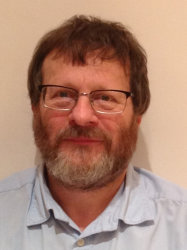BibTex format
@article{Guasch:2020:10.1038/s41746-020-0240-8,
author = {Guasch, L and Calderon, Agudo O and Tang, M-X and Nachev, P and Warner, M},
doi = {10.1038/s41746-020-0240-8},
journal = {npj Digital Medicine},
pages = {1--12},
title = {Full-waveform inversion imaging of the human brain},
url = {http://dx.doi.org/10.1038/s41746-020-0240-8},
volume = {3},
year = {2020}
}

